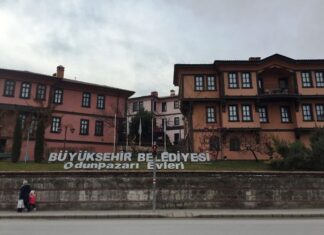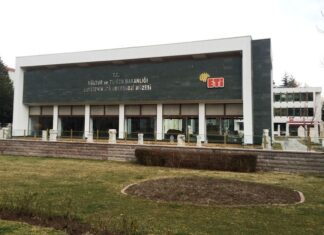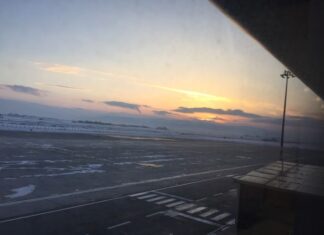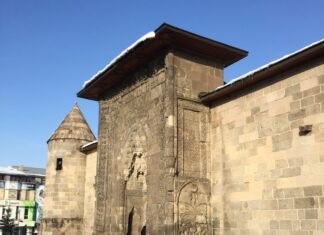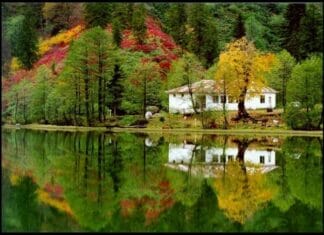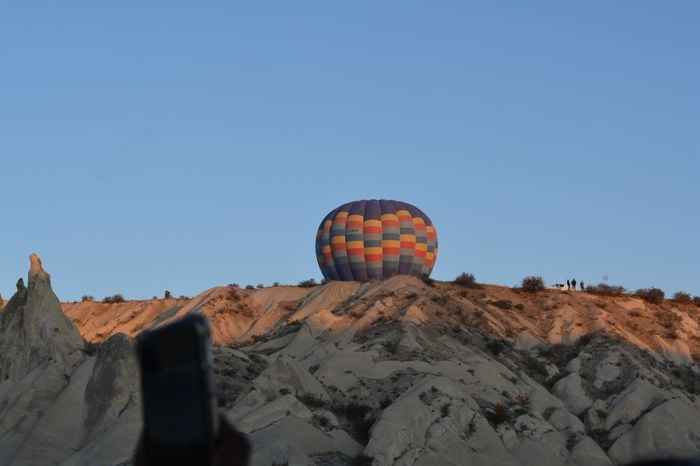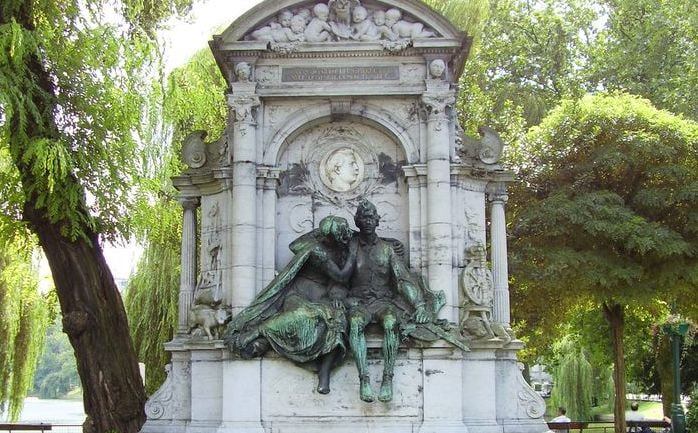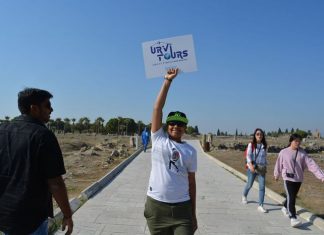Saksagan
The Administration of Bulgaria under Soviet Rule
The People’s Soviets
The administration of Bulgaria after World War II was organized according to the Soviet model. Provincial, district, and city councils, known as...
The Outlawing of Opposition Parties
The Peasant Party Banned
By the end of August 1947, the Peasant Party was declared illegal by the Communist authorities. It was accused of being...
The 1946 Elections and Communist Repression
The Constituent Assembly Elections
In 1946, the Communist-controlled government in Sofia announced new elections for a Constituent Assembly. The task of this body was to...
The Second Bulgarian Kingdom
After the fall of the First Bulgarian Empire in 1014, Bulgaria remained under Byzantine rule for over 170 years. During this time, the Byzantine...
The Decline of the First Bulgarian Empire
Shortly after the death of King Simeon I in 927, the First Bulgarian Empire began to decline. Bulgaria had been weakened by two centuries...
The Expansion of Bulgaria
After the fusion of Slavs and Old Bulgarians, the new people, called Bulgarians, began to expand their territory. They moved south into Thrace and...
Vendettas in Southern Greece
Arcadia and Laconia Lands of Tradition
In the provinces of Arcadia, long thought of as a land of peace and happiness, and in Laconia, the...
Crime and Violence in Modern Greece
High Murder Rates
Visitors to Greece are often surprised by the high number of murders reported in the country. Many find the statistics hard to...
Newspapers and Public Opinion in Athens
Abundance of Newspapers
Athens has more newspapers than many other cities. There are daily newspapers, weekly publications, and occasional journals. Some are not intended mainly...
The Congress of Berlin and Its Decisions
After signing the Congress of Berlin Treaty, Prince Bismarck and Lord Beaconsfield believed they had successfully changed history and ensured peace in Europe.
Unforeseen Forces...
